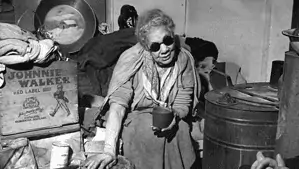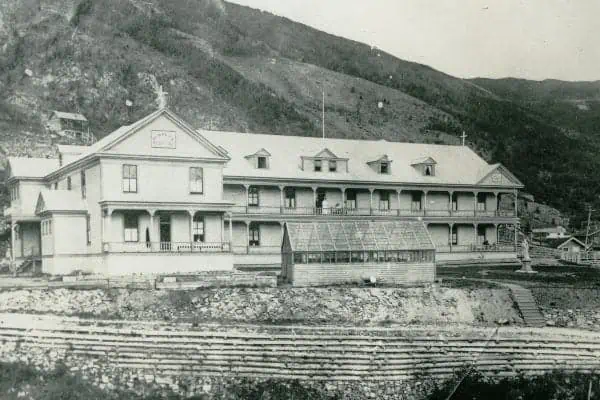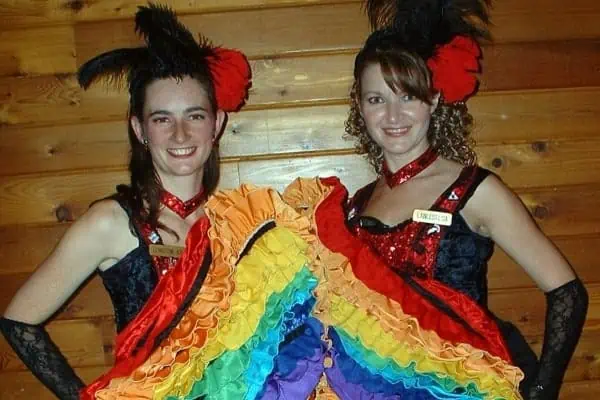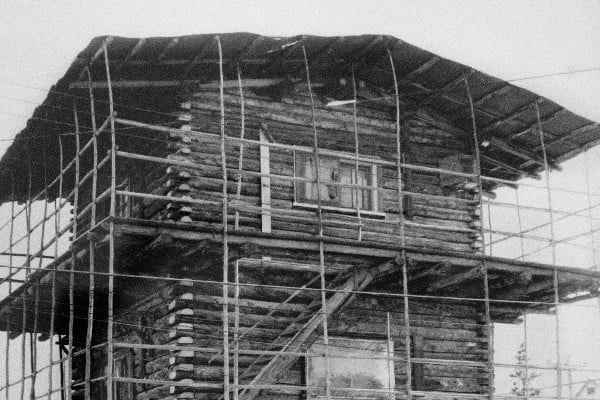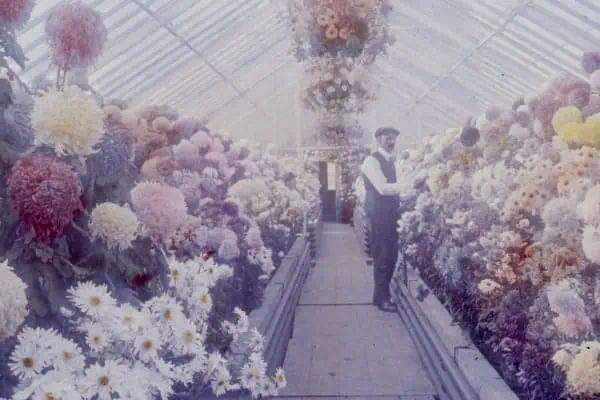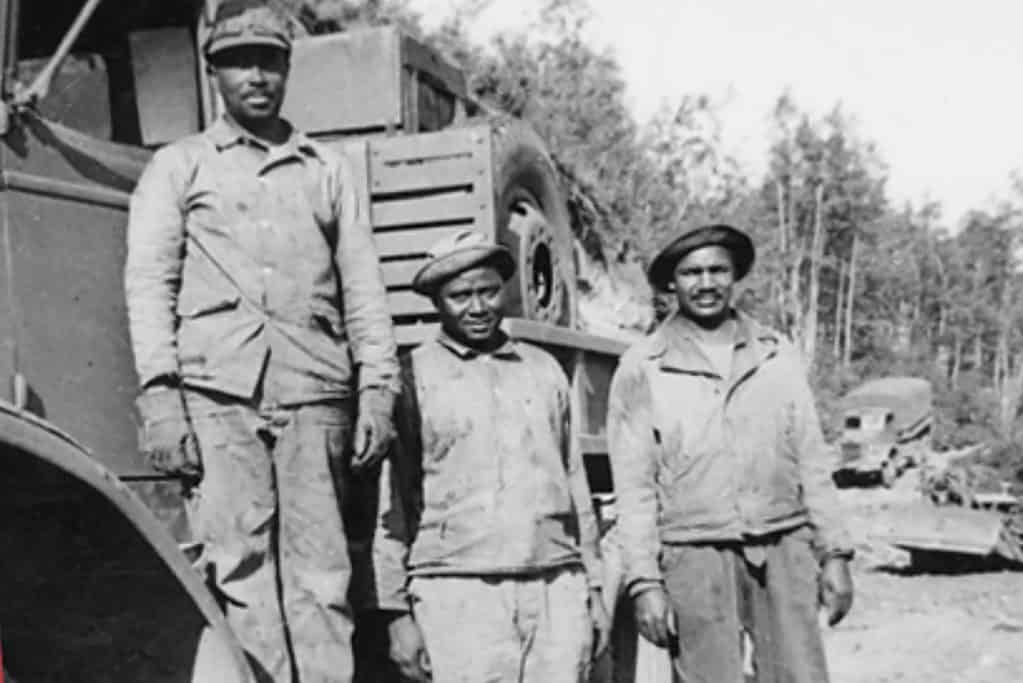
When Paul Gowdie first learned about the hundreds of Black soldiers who worked on constructing the Alaska Highway in the 1940s, he was surprised.
“I’m in a mostly white town, in a mostly white territory, and I attend this presentation and find out that 30 percent of the soldiers who built the highway were Black,” he said. “I thought, OK, I am not the first … there were others before me, and that was encouraging.”
He felt connected to the place he chose to call home, and that felt good. But it also made him wonder why he hadn’t heard about that part of the Yukon’s history before.
Gowdie wanted to find out more and that brought him to the Hidden Histories Society Yukon group in 2009.
Hidden Histories had formed almost a decade earlier, in 2000, to fill a gap to find and share the untold stories of Black history in the Yukon.
Charlotte Hrenchuk is one of the group’s founding members. She has three adopted children from Sierra Leone and she started Hidden Histories when she saw what they were learning in school and knew they didn’t see themselves reflected in the history being taught at the time.
“I wanted them to be proud, and I wanted them to have figures they could look up to,” she said. “We hear the horrible stories about slavery, but we don’t hear enough about all the amazing contributions that Black people have made to society.
“Those positive stories need to be woven into the historical tapestry as well.”
So, Hrenchuk and the group set out to help create that tapestry themselves, each story a thread. And once they started following those threads, they became wrapped up in the work.
“The more we did, the more we wanted to do.”
With new members joining, the group broadened its focus to include the untold stories of Asian people in the Yukon. They brought attention to stories that colonial accounts of history tend to skip over—people doing everyday things, living good lives and enduring.
“When you say the word history, people kind of glaze over, but the personal stories touch peoples’
hearts,” said Hrenchuk. “These stories are part of the mainstream history; they’ve just been overlooked, but they should be integrated and available.”
To bring those stories forward, the group used the resources they had available and sometimes simple grassroots tactics.
“At the beginning, we would go into the library and pull books off of the shelves and ask the librarians to display them for Black and Asian history months,” said Hrenchuk. “After a while, the librarians started doing it themselves, and that’s when we feel like our work is bearing fruit … when someone else picks up the story and starts telling it.”
Since they began this work, the volunteer group has been supported by a secret weapon: archival researcher Peggy D’Orsay.
“She has the most brilliant ideas and she’s on all the time—always sending us the most obscure and interesting things,” said Hrenchuk.
Often, the hunt for those lost stories begins with a single photograph. Then the group works together to dig deeper and find more connections through documents such as birth records and newspaper articles. They bring these pieces together to form a picture of the person’s life.
Over the years, the group has become a repository for those overlooked stories.
“There were many marginalized ethno-cultural individuals who tried to make a go of it, as well, that you just don’t hear about because they don’t fit the key points in the historical narrative,” said Gowdie. “They didn’t strike it rich or they weren’t outrageous enough.”
Lucille Hunter is a prime example. Pregnant at just 19 years old, Hunter travelled the Stikine Route to the Klondike in 1897. Over her long life in the Yukon, she owned gold and silver claims in Dawson and Mayo, and she ran her own laundry business in Whitehorse.
The Hunter family’s story, and many other stories like it, had been stored in the archives until it was uncovered by the Hidden Histories Society. Ensuring stories like that are remembered is important to Hrenchuk and Gowdie. It’s what makes them continue their volunteer work.
“As I get older, I am more curious about my cultural and racial identity,” said Gowdie. “I am fully into it now that I have a daughter. I want her to have better experiences than I did.”
Find out more at hhsy.org.

